The Beatles released Sgt Peppers Lonely Hearts Club Band 47 years ago – 1967 (Read more)Sgt. Pepper’s Lonely Hearts Club Band (often shortened to Sgt. Pepper) is the eighth studio album by The Beatles, released on 1 June 1967 on the Parlophone label and produced by George Martin. The album is widely regarded as one of the greatest of all time, and has since been recognised as one of the most important albums in the history of popular music, including songs such as “Lucy in the Sky with Diamonds” and “A Day in the Life”. Recorded over a 129-day period beginning in December 1966, Sgt. Pepper saw the band developing the production techniques of their previous album, Revolver. Martin’s innovative and lavish production included the orchestra usage and hired musicians ordered by the band. Genres such as music hall, rock and roll, pop rock, and traditional Indian music are covered. The album cover art, by English pop artist Peter Blake, depicts the band posing in front of a collage of their favourite celebrities, and has been widely acclaimed and imitated. |
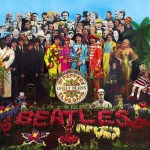 |
| Happy birthday Ronnie Wood! Ronald David “Ronnie” Wood (born 1 June 1947) is an English rock guitarist and bassist best known as a former member of The Jeff Beck Group, Faces, and a member of The Rolling Stones since 1975. He also plays lap and pedal steel guitar. |  |
| “You Send Me” is a song by American singer-songwriter Sam Cooke, recorded June 1, 1957 and released on September 7, 1957 by Keen Records. Produced by Bumps Blackwell and arranged and conducted by René Hall, the song was the A-side to “Summertime”. The song, Cooke’s debut single, was a massive commercial success, becoming a number one hit on both Billboard‘s Rhythm & Blues Records chart and the Billboard Hot 100.
It was named as one of the 500 most important rock and roll recordings by the Rock & Roll Hall of Fame. In 2005, the song was voted #115 by representatives of the music industry and press in Rolling Stonemagazine’s The 500 Greatest Songs of All Time. |
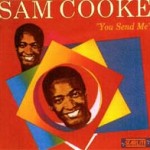 |
|
“Still Life” (American Concert 1981) is a live album by The Rolling Stones, released June 1, 1982. Recorded during the band’s American Tour 1981 in the latter portion of that year, it was released in time for their European Tour 1982 continuation the following summer. The album cover is a painting by Japanese artist Kazuhide Yamazaki, whose work inspired the tour’s stage design. |
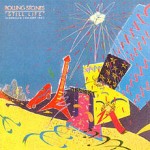 |
| “Give Peace a Chance” is a song written by John Lennon (originally credited Lennon–McCartney), and performed with Yoko Ono in Montreal, Canada.Released as a single in 1969 (recorded June 1, 1969) by the Plastic Ono Band onApple Records (catalogue Apple 13 in the United Kingdom, Apple 1809 in the United States), it is the first solo single issued by Lennon, released when he was still a member of the Beatles, and became ananthem of the American anti-war movement during the 1970s. It peaked at number 14 on the Billboard Hot 100 and number 2 on the British singles chart. | 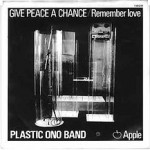 |
Pink Floyd started recorded their classic album Dark Side of the Moon June 1, 1972 (the first track to be recorded was “Us and Them”)The album was recorded at Abbey Road Studios, in two sessions, between May 1972 and January 1973. The band were assigned staff engineer Alan Parsons, who had worked as assistant tape operator on Atom Heart Mother, and who had also gained experience as a recording engineer on The Beatles‘ Abbey Road and Let It Be. The recording sessions made use of some of the most advanced studio techniques of the time; the studio was capable of 16-track mixes, which offered a greater degree of flexibility than the eight- or four-track mixes they had previously used, although the band often used so many tracks that to make more space available second-generation copies were made |
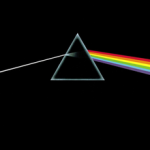 |
| John Lee Curtis “Sonny Boy” Williamson (March 30, 1914 – June 1, 1948) was an American blues harmonica player and singer, and the first to use the name Sonny Boy Williamson.Williamson was born near Jackson, Tennessee in 1914.His original recordings were considered to be in the country blues style, but he soon demonstrated skill at making harmonica a lead instrument for the blues, and popularized it for the first time in a more urban blues setting. He has been called “the father of modern blues harp”. While in his teens he joined Yank Rachell and Sleepy John Estes playing with them in Tennessee and Arkansas, and in 1934 settled in Chicago
|
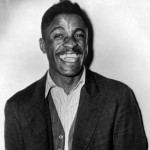 |
Spotify Playlist – June 1: |
|
Tag Archives: Beatles
April 27 in music history
| Today: Bob Dylan The 15th Infidels recording session in 1983 (read more) …I did the album, and I call it that, but what it means is for other people to interpret, you know, if it means something to them. Infidels is a word that’s in the dictionary and whoever it applies to… to everybody on the album, every character. Maybe it’s all about infidels. ~Bob Dylan (to Kurt Loder in March 1984) |
 |
| The 3rd Street-Legal session, 27 April 1978 (read more)
..“On this album, I took a few steps backward, but I also took a bunch of steps forward because I had a lot of time to concentrate on it. I also had the band sounding like I want it to sound. It’s got that organ sound from ‘Blonde on Blonde’ again. That’s something that has been missing.” |
 |
| Ann Peebles (born April 27, 1947) is an African American singer-songwriter who gained celebrity for her Memphis soul albums of the 1970s on the Hi Records label. Two of her most popular songs are “I Can’t Stand the Rain” and “I’m Gonna Tear Your Playhouse Down”, which she wrote with her husband, Don Bryant, and radio broadcaster Bernard “Bernie” Miller and were subsequently popularized in cover versions by, among others, Eruption (1978) and Paul Young (1984), respectively. |  |
| Henry’s Dream is the seventh album released by Nick Cave and the Bad Seeds, released 27th April 1992.This album remains a big favourite among Bad Seeds fans, although Nick Cave himself was reportedly unhappy with the production by David Briggs. Briggs preferred a “live-in-the-studio” method he had used with Neil Young. This led to Cave and Mick Harvey re-mixing the album, and ultimately to the Live Seeds recordings, as Cave wanted the songs “done justice”. | 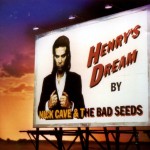 |
| Trampin’ is an album by Patti Smith, released April 27, 2004. It was the first album Smith released on the Columbia Records label.Rolling Stone magazine placed the record on its list of “The Top 50 Albums of 2004” | 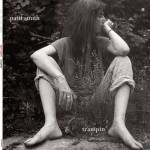 |
| Dance to the Music is the second studio album by funk/soul band Sly and the Family Stone, released April 27, 1968 on Epic/CBS Records. It contains the Top Ten hit single of the same name, which was influential in the formation and popularization of the musical subgenre of psychedelic soul and helped lay the groundwork for the development of funk music. |  |
| Gordon Haskell (born 27 April 1946, in Verwood, England) is a Pop, Rock & Blues music vocalist, songwriter, and bassist. He first gained recognition as a member of the British band Les Fleur de Lys. He sang on one of the songs of King Crimson‘s second album, then played bass and sang on their third album. After departing from King Crimson, he continued his musical career as a solo musician & gained international recognition in 2001 with his hit song How Wonderful You Are. |  |
| Love Me Do is the Beatles‘ first ever single, backed by “P.S. I Love You“. When the single was originally released in the United Kingdom on 5 October 1962, it peaked at No. 17; in 1982 it was re-promoted (not re-issued, retaining the same catalogue number) and reached No. 4. In the United States the single was a No. 1 hit in 1964. It was released 27 April 1964 in the US. | 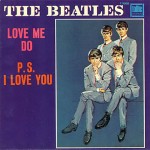 |
– Hallgeir
The Beatles 40 best songs: at 25 “Norwegian Wood (This Bird Has Flown)”
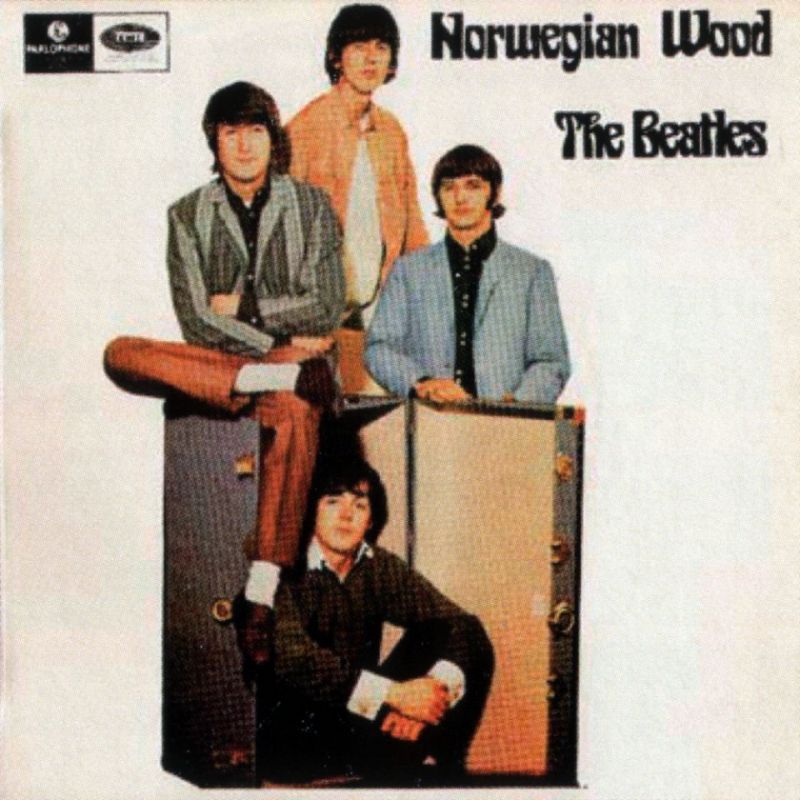
“Norwegian Wood (This Bird Has Flown)” (also known as simply “Norwegian Wood“) by The Beatles, mainly written by John Lennon, with the middle eight co-written with Paul McCartney, released on the 1965 album Rubber Soul. It was the first example of a rock band including a sitar in one of their songs, played by lead guitarist George Harrison.
“George had just got the sitar and I said, ‘Could you play this piece?’ We went through many different sort of versions of the song, it was never right and I was getting very angry about it, it wasn’t coming out like I said. They said, ‘Just do it how you want to do it,’ and I said, ‘I just want to do it like this.’ They let me go and I did the guitar very loudly into the mike and sang it at the same time, and then George had the sitar and I asked him could he play the piece that I’d written, dee diddley dee diddley dee, that bit – and he was not sure whether he could play it yet because he hadn’t done much on the sitar but he was willing to have a go, as is his wont, and he learnt the bit and dubbed it on after. I think we did it in sections.”
– John Lennon (1970)“… anyway, we were at the point where we’d recorded the Norwegian Wood backing track and it needed something. We would usually start looking through the cupboard to see if we could come up with something, a new sound, and I picked the sitar up – it was just lying around; I hadn’t really figured out what to do with it. It was quite spontaneous: I found the notes that played the lick. It fitted and it worked.”
– George Harrison (Anthology)
Continue reading The Beatles 40 best songs: at 25 “Norwegian Wood (This Bird Has Flown)”
Today: The Beatles Anthology 2 was released in 1996

Anthology 2 is a compilation album by The Beatles, released by Apple Records 18 March 1996. It is the second of the three-volume Anthology collection, all of which tie-in with the televised special The Beatles Anthology. The opening track is “Real Love”, the second of the two recordings that reunited the Beatles by means of magnetic tape. Like its predecessor, the album topped the Billboard 200 album chart.
Anthology 2 features outtakes, rarities, and alternative performances from the 1965 sessions for Help! to sessions just prior to their trip to India in February 1968
The Beatles – Real Love:
Continue reading Today: The Beatles Anthology 2 was released in 1996
The Beatles 40 best songs: at 26 “If I fell”
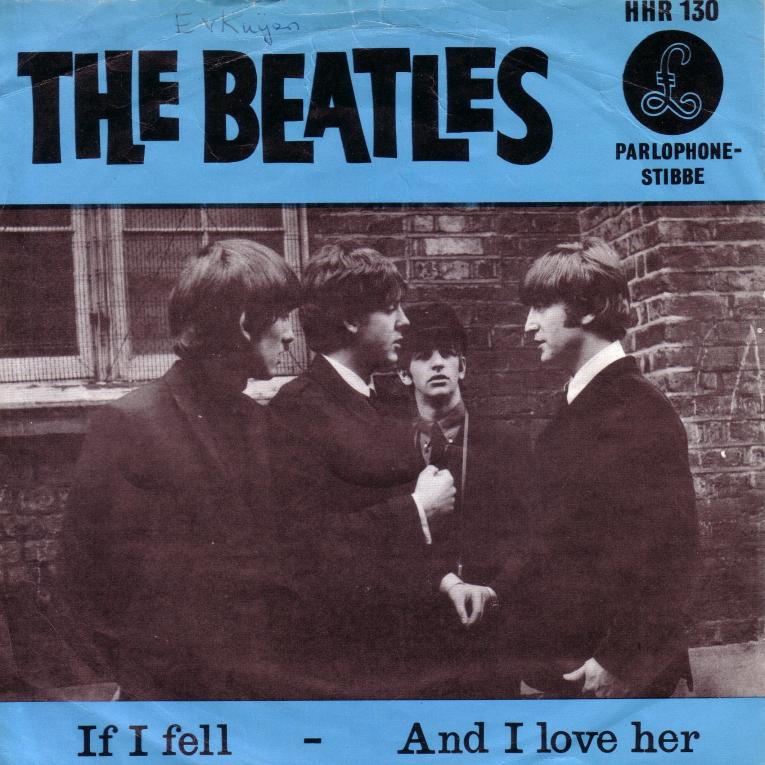
“That’s my first attempt at a ballad proper….It shows that I wrote sentimental love ballads way back when”
– John Lennon (1980)“People forget that John wrote some nice ballads, people tend to think of him as an acerbic wit and aggressive and abrasive, but he did have a very warm side to him, really, which he didn’t like to show too much in case he got rejected.”
– Paul McCartney
“If I Fell” by The Beatles first appeared in 1964 on the album A Hard Day’s Night in the United Kingdom and on the North American album Something New. It was mainly written by John Lennon, and credited to Lennon–McCartney.
Musically, it was one of Lennon’s cleverest songs to date: The harmonic tricks of its strummy, offbeat opening were miles beyond what other bands were doing at the time, and it was “dripping with chords,” as McCartney said. It also showcased some of the Beatles’ finest singing. Lennon and McCartney shared a single microphone for their Everly Brothers-like close harmonies.
“[‘If I Fell’] was the precursor to ‘In My Life,'” Lennon pointed out later. “It has the same chord sequences: D and B minor and E minor, those kind of things. It shows that I wrote sentimental love ballads, silly love songs, way back when.”
…by the way, Rolling Stone Magazine rate the song at 26 of the hundred best Beatles songs.
Continue reading The Beatles 40 best songs: at 26 “If I fell”
